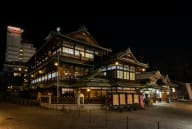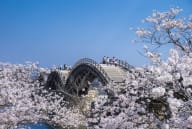©Hiroshima Peace Memorial Museum
Chronique de l'horreur et de l'espoir pour l'un des événements les plus désastreux des temps modernes
Les bombardement atomiques de Hiroshima et de Nagasaki incarnent sans aucun doute l'événement majeur de l'ère japonaise moderne. Ils ont été dévastateurs, bien que le Japon d'après-guerre ait pu se relever et devenir la nation que nous connaissons aujourd'hui. Le musée du Mémorial de la paix de Hiroshima expose principalement des objets qui ont subsisté après le bombardement atomique, afin de faire connaître la dure réalité de l'époque et les dangers des armes nucléaires. Même si les pièces exposées peuvent être éprouvantes pour certains, le musée adopte une perspective équilibrée et extraordinairement humaine sur la destruction de Hiroshima, en expliquant pourquoi la ville fut prise pour cible.
À ne pas manquer
- Un tricycle utilisé par un petit garçon de 3 ans qui a péri lors du bombardement atomique
- Les installations montrant la destruction massive causée par la bombe, créées en projetant des images de synthèse du moment de l'explosion et d'autres images sur une maquette topographique de Hiroshima
- Les photos des personnes blessées le jour du bombardement, le 6 août 1945
Comment s'y rendre
À la gare de Hiroshima, prenez la ligne 2 ou 6 du tramway jusqu'à Genbaku-Domu Mae. Le trajet dure 15 minutes.
Le musée fait partie du parc du Mémorial de la Paix, situé au sud-ouest de la gare de Hiroshima, sur une île séparée du continent par les rivières Hon et Motoyasu. Vous pouvez vous y rendre en 35 minutes à pied environ depuis la gare de Hiroshima.
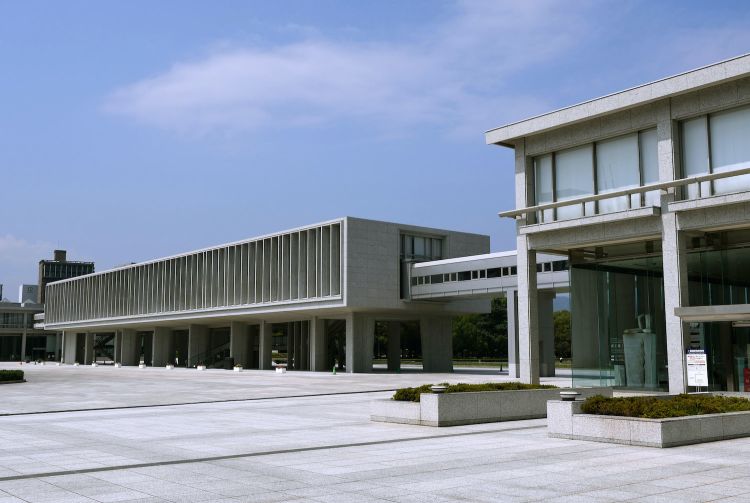
©Hiroshima Peace Memorial Museum
Pourquoi Hiroshima ?
D'un point de vue tactique, la 2ème armée générale du Japon, chargée de défendre l'ouest du pays, était basée au château de Hiroshima , au nord de la gare de Hiroshima. Toutefois, celui-ci n'étant pas considéré comme la cible principale, le musée explore une perspective plus incertaine de la raison pour laquelle Hiroshima fut choisie.
Hiroshima est célèbre pour sa topographie en delta, avec plusieurs fleuves se jetant dans la mer. On pense que l'armée américaine a choisi Hiroshima comme ville cible sur la base de critères tels que la taille de la ville et la topographie qui permettrait à l'explosion de causer les dégâts les plus importants.
Ce que le musée met en perspective
Les dommages causés par la bombe sont visibles à travers des photographies originales, des vêtements portés par les défunts, des peintures de scènes de l'époque réalisées par des survivants, ainsi que des explications descriptives. La présentation factuelle et précise du contenu renforce le désir sincère de pacifisme véhiculé par les archives. Le musée présente une vision des erreurs que nous avons tous commises et ne voit qu'une seule voie claire pour garantir un monde plus sûr pour nous tous : l'interdiction totale des armes nucléaires dans le monde entier.
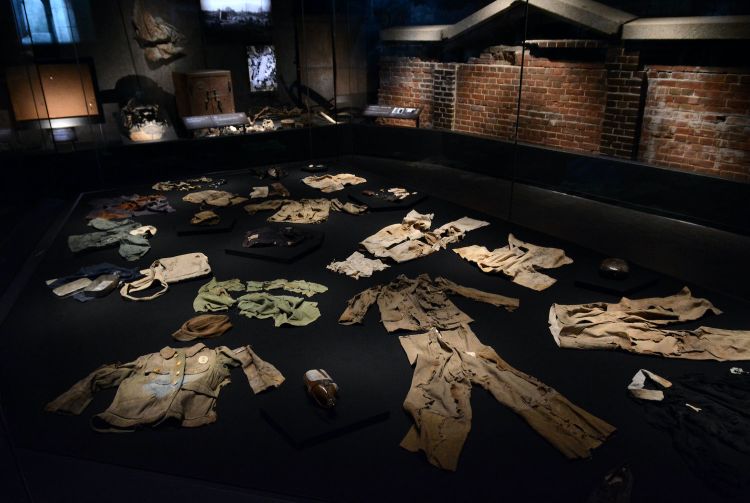
©Hiroshima Peace Memorial Museum
Ce que le musée espère réaliser
Bien qu'il ait été réagencé et rénové en 1992 et 1994, le musée est ouvert depuis 1955 et ne cesse de promouvoir la paix pour éviter que l'histoire ne se répète.
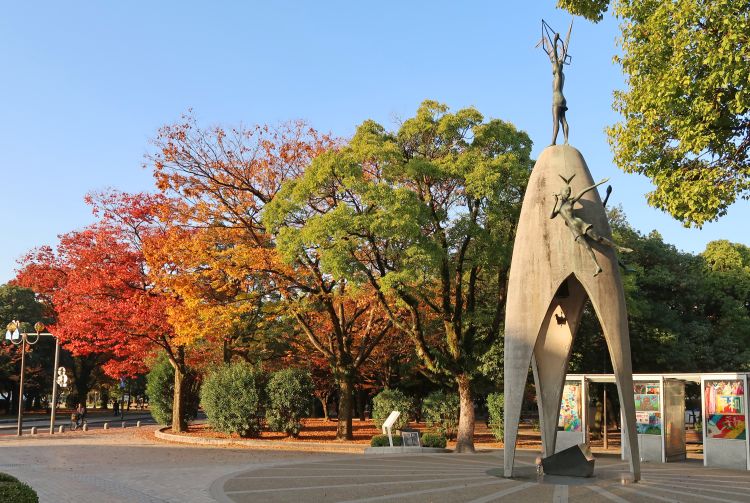
©Hiroshima Peace Memorial Museum
Depuis qu'il a ouvert ses portes, plus de 50 millions de personnes l'ont visité. Outre les expositions, il propose des programmes d'éducation à la paix comprenant des témoignages de survivants au bombardement. Des bénévoles offrent des visites du parc de la Paix et vous pouvez même emprunter vidéos et affiches à des fins éducatives. Bien que le musée se concentre sur l'impact de la bombe, il combat la morosité par une approche constructive, informative et très inspirée.
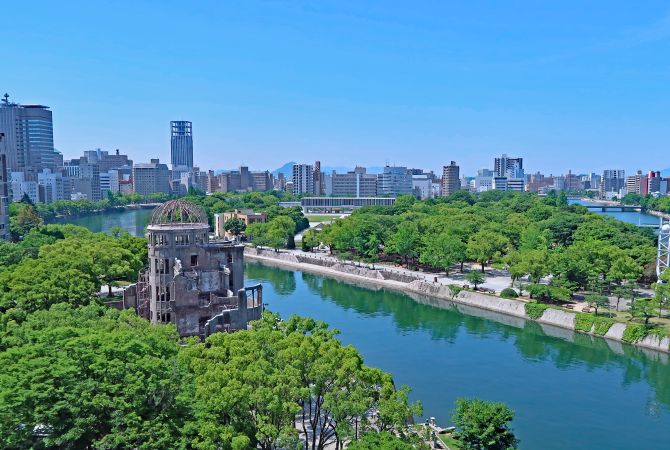
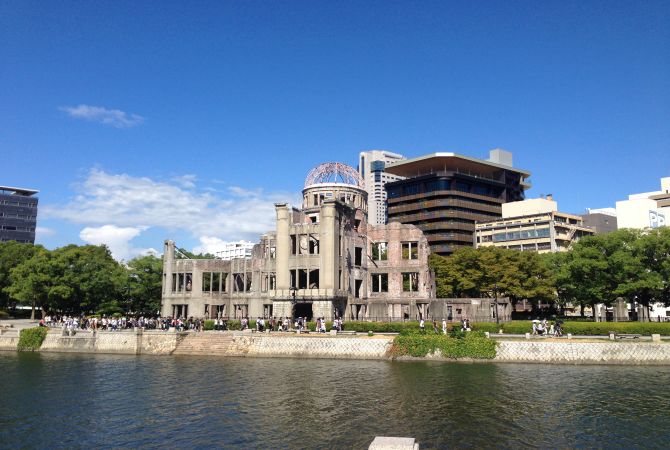
©Hiroshima Peace Memorial Museum
















